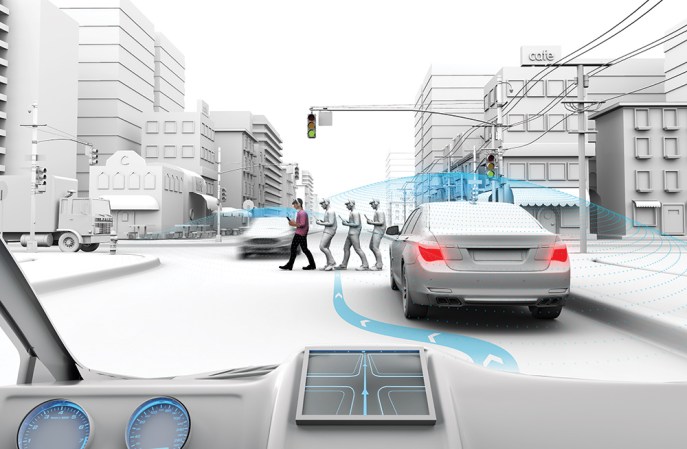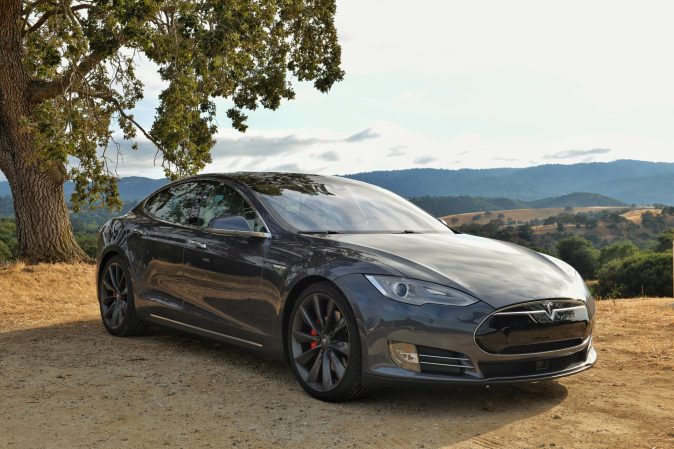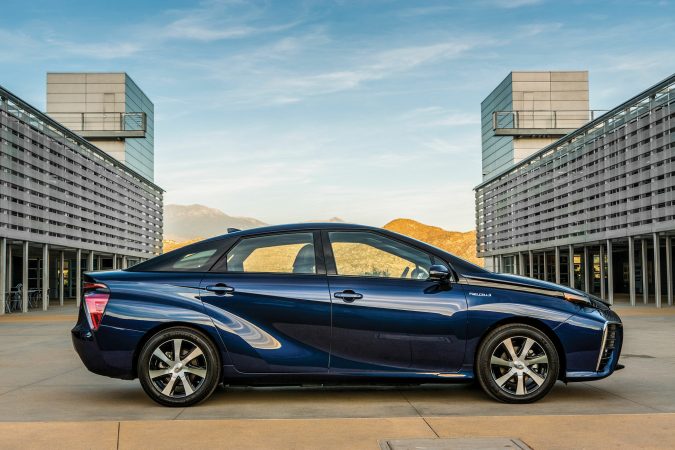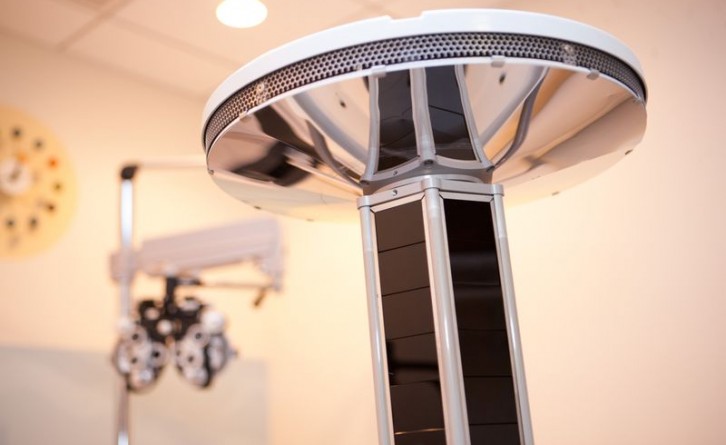

You might not think much about lane lines, but they’re important. Not only do your eyes rely on them to keep your vehicle in the right corridor when you’re cruising down the highway, any advanced driving assistance feature your car might have could be utilizing them, too. It will come as no surprise that for a car’s automatic lane-keeping system to function properly—the kind of tech that moves the steering wheel for you to keep the vehicle in the right place—having well-maintained lane lines is important.
A new pilot program from Honda is focusing on lane lines for that very reason, and it turns out that these lines and their upkeep are a “hot topic,” says Sue Bai, the chief engineer with Honda Research Institute in Detroit, Michigan. “Based on our understanding, the lane lines are painted regularly—they have a fixed schedule, but sometimes they might not need to be repainted, [or] sometimes they might need to be repainted more, because of heavy snow,” adds Bai. “They don’t have a very efficient way to monitor when it needs to be painted.”
But if a state’s department of transportation had “near real-time information,” Bai says, the DOT could avoid painting the lines too much or too little. With lane lines maintained properly, the sensing system that a car’s lane-keeping tech employs would be able to function at its best. “It is very important, and depending on the lighting conditions, the weather conditions, the lane line can look very different” to a machine-vision system, Bai says.
[Related: Why this Amazon-owned company is bringing its autonomous vehicles to Seattle]
The pilot program that launches next year will involve two modified vehicles from the Honda Research Institute cruising down route 33 in Ohio between Dublin and Marysville (this is the state’s Smart Mobility Corridor) and perhaps to other corners of the region, as well. The vehicles, which will have additional sensor and communications tech onboard, will gather lane line information, and eventually Honda will share it with other entities, like Ohio’s Department of Transportation. The vehicles will hoover up data on lane line “clarity,” notes Bai, relating to “how the vision sensors see the lane marking,” she says. “Not necessarily what the human sees.”
It may not seem like the sexiest stuff—using research vehicles to analyze lane lines—but what’s neater is what could come next. Since both Honda and Acura vehicles already offer driver assistance features such as automatic lane keeping (through Honda Sensing and AcuraWatch), what if the sensors they already have on consumer vehicles could be used to monitor highway lane lines or hazards, and report any irregularities back to a state’s DOT?
That could close a loop, because with better road maintenance, the car’s driver-assistance features that monitored those lines in the first place would ideally work better. “That is our goal, to start the research and pilot program, to mature the technology, and when it’s ready, we certainly would like that to be part of the Honda products in the future,” Bai says. “Now the drivers and the vehicles have a way to help the road operators to maintain the road structure.”
Both lane centering and adaptive cruise control are examples of advanced driver assistance systems (ADAS); here’s more about how the different levels of driver support and self-driving capabilities work on the road today.
The Honda Research Institute system will use a color-coded ranking, employing green, yellow, red, and gray, to categorize the state of the lane lines. Watch a video about it, below.
























